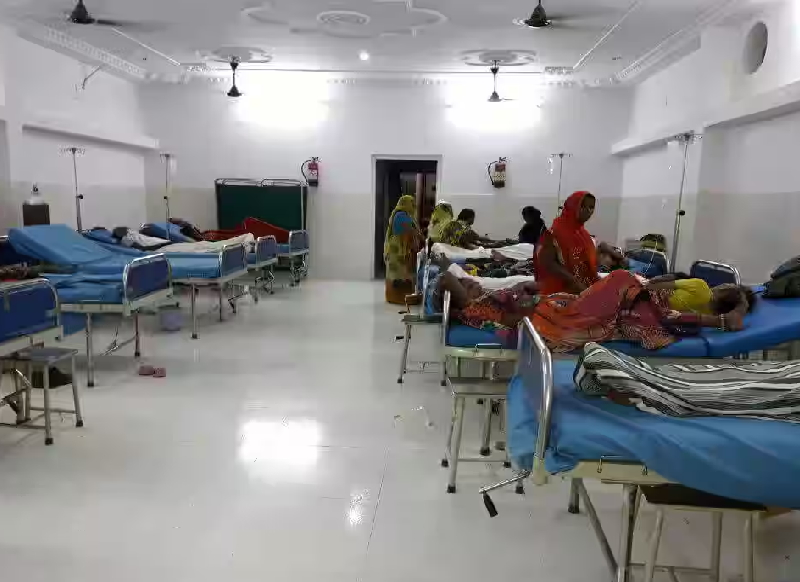Medical equipment is inseparable from the daily life of healthcare establishments. Very important, it allows specialists to diagnose, treat and maintain the health and well-being of patients. The small care tools that make up the first aid kit are also part of the medical equipment. However, upkeep and maintenance are essential to ensure their proper functioning and patient safety.
The best medical equipment to provide quality care to your patients
The choice of medical equipment must be made on the basis of a certain number of criteria. Since the primary objective is to provide assistance and comfort to patients, it is essential to prioritize quality . In this sense, specific points must be taken into account.
Quality is the first criterion on which you must dwell. We advise you to find out about the certifications , standards and quality controls of each device before confirming your choice. Also take the time to learn about the origin of the design materials in order to gauge the level of quality. The ideal is to select equipment that complies with standards. So, if you are looking for medical furniture , do some research on the internet and don’t forget to emphasize the warranty.
The references
In order to guarantee the resistance and effectiveness of a medical device, you must consult the opinions of professionals who have already used it. On the level of the websites of the suppliers, it is possible to quickly get an idea of the quality of an equipment by taking a look at the testimonials and customer reviews. Similarly, some suppliers mention customer references on their platform that you can use to find out more.
When choosing your medical equipment, also consider the after-sales service offered by the supplier. In order to guarantee the optimal operation and durability of the devices, it is useful for a maintenance service to be included in the offer. Therefore, when the equipment presents a malfunction, it can be repaired or changed quickly.
Avoid serious patient health complications
Although medical equipment is essential to the well-being of patients, it can also become their worst nightmare when it is not maintained. In fact, the interview reduces the dissatisfaction of the latter, ensures rapid treatment and reduces risks and mortality during care .
Poorly maintained or outdated equipment can actually lead to infections in patients. To be precise, the patients who catch viruses each year in hospitals number in the thousands. This can also cause deaths as well as heavy fines for medical establishments. This is why providing quality care must be a top priority.
It should be noted that for some devices, a flaw may not cause security issues. However, it can complicate the work because of its lack of efficiency. This can impact medical results and complicate the condition of patients.
Regularly inspect and calibrate your medical equipment
A place intended to provide patient care should in no way be a source of threat to their well-being. This is why you will need to ensure that the facilities comply with health and safety standards and that they do not pose a threat to patients and employees. According to the guidelines of the World Health Organization, it is possible to reduce the dangers of medical equipment by following a few specific steps:
The realization of a pre-marketing control: where you carry out clinical trials for all the machines;
In addition to this, we advise you to ensure that your medical inventory is well organized. Although each area is different and has a specific system, having a good knowledge of your system and organization will allow you to easily locate equipment in a timely manner and quickly know if a component is missing or faulty.
Also establish a regular cleaning schedule to ensure the safety of equipment and avoid any risk of contamination. Rely on a well-defined maintenance schedule to carry out regular checks.
Failure can lead to costly repairs
A breakdown in medical equipment can be a major expense for you. However, preventive maintenance will help you save money over the long term. In reality, the total replacement of medical equipment, devices or the need for emergency repairs is generally more expensive than routine maintenance. Regular maintenance is therefore a kind of insurance for your medical equipment, thanks to immediate minor repairs that prevent replacement.



